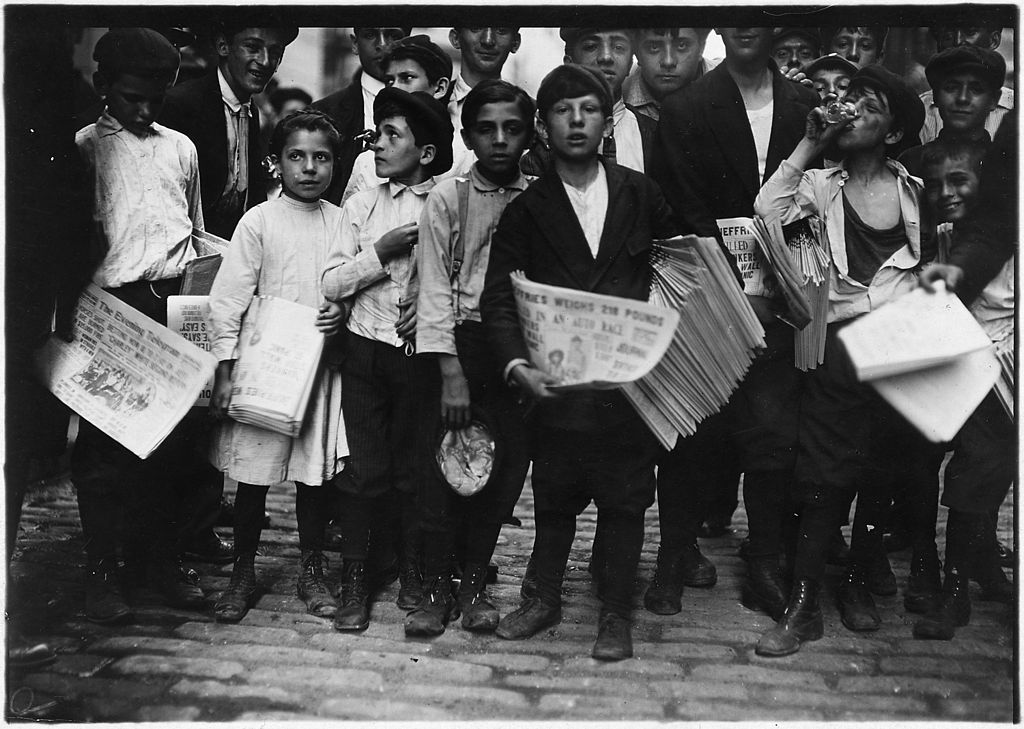
A few days ago, I was talking with Vivek. He is my old friend, who is working as a marketing manager with one of the largest retail chains in India. We were talking after a long time, so we started discussions on many burning issues. After due course of time, it turned into an academic discussion on challenges in Retail Industries.
At that time, I was working with the News-Vendor (NV) problem. The name of the problem is inspired by NV because they face this situation daily. Every News-Vendor has to purchase a certain number of newspapers each morning, and they must sell those papers till the afternoon; otherwise, they incur a loss because the remaining papers are worthless. News-Vendor problem is among the central topic in the Logistics, Supply Chain Management and Economics. Many academicians have visited this problem in last thirteen decades, and a vast literature is available.
I decided to talk about NV problem. I asked him that as the head of a marketing team, how do you choose how much perishable inventory to produce?
He said that they can predict the demand for the perishable products in the market by their experience. In his words “We know how much we can sell. If the situation is normal, then keep inventory at some reference level X (say). If there is an expectation of high demand because of emergencies or panic buying, like in COVID-19 situations, then keep inventory at 1.5X-2X. Furthermore, if there are recession and demand is expected to be low, then keep inventory at “.65X-.85X”. His claim was very clear and precise, and it seemed like his marketing team has solved the classic News-Vendor Problem.
Then I asked a simple question to him. In this COVID-19 situation, your team has decided to purchase 2X perishable products. Your prediction was right, demand roared, and you sold those products. Now, how will you determine whether you could sell 2.5X-3X products or not? You were successful, but if the situations were worse and the government had asked you to shut the business, then you could bear a significant loss. Did you think these scenarios, while making a decision?
He said that we do some exploratory data analysis and predictive studies to forecast the demand. However, such a detailed report is not possible for every region due to a wide range of perishable products and a large volume of sell.
I agreed with his statements, but my mind was not convinced. I asked that you can write some codes to produce a detailed report for all situations. He understood my intention behind this suggestion. He said that we make some assumption for each of our forecasting. These assumptions vary significantly, and we do not have any mechanism to input all those assumptions in the model.
At this time, I decided to tell him about data-driven robust models. Data-driven models require the least amount of assumptions. As the name suggests, the data-driven model assumes that the sell in the future will have a similar pattern as the available data points and gives the best possible solution.
His expressions were strange like he wanted to say that their team is wasting a lot of time on unproductive works. He asked that is it possible to make a graphical user interface (GUI) to make such predictions. I said, “of course, it is possible”.
Then he became more interested and asked how you will make sure that the predictions will be accurate? Now we both were silent because we know that It is tough, if not impossible, to make an accurate prediction. Since, this would require knowing demand in advance, which is not the case in most retail situations. However, we both agreed that the data-driven model will provide as good, if not better, as their current solutions. Moreover, it is scalable, does not require assumptions, and it will save a lot of time and resources.
He started reading about data-driven models.Finally, after having a good understanding, he started a project to develop a GUI as a hobby project. Do you also want to know more about a data-driven robust model, and use it in your daily work? Then you may follow the literatures given in the further reading section. This can be among the most valuable skills, which you can acquire during present lockdown situations.
Further Reading;
Dimitris Bertsimas and Aurélie Thiele. A data-driven approach to newsvendor problems. 04 2005.
Bertsimas, D., Gupta, V. & Kallus, N. Data-driven robust optimization. Math. Program. 167, 235–292 (2018). https://doi.org/10.1007/s10107-017-1125-8